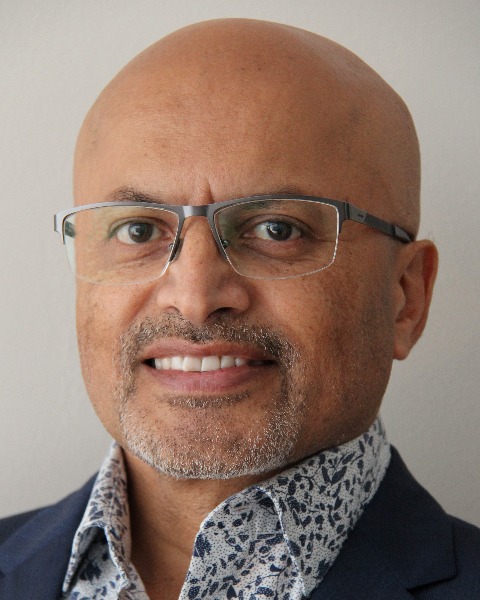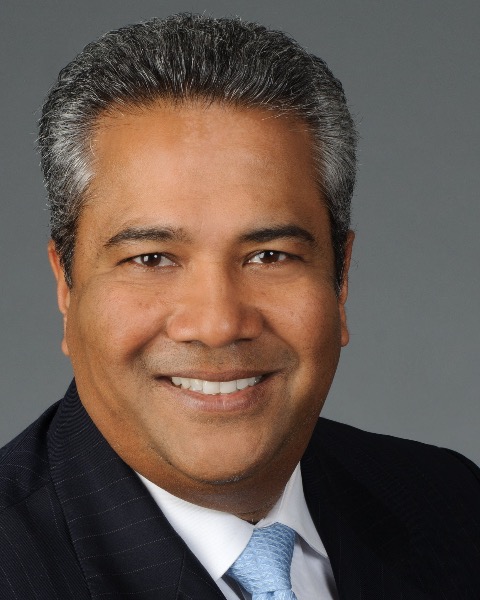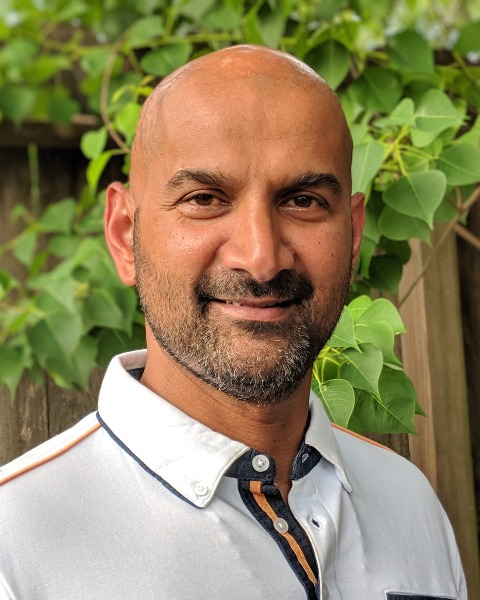Interventional Oncology
Initial Clinical Experience with a Novel Glass Radiopaque Yttrium-90 Radioembolization Microsphere for Treating Malignant Liver Tumors

Andrew Holden, FRANZCR
Associate Professor
Aukland District Health Board / Auckland HospitalDisclosure(s): Boston Scientific: Advisory Committee or Review Panel Member (Ongoing); Gore: Advisory Committee or Review Panel Member (Ongoing); Medtronic: Advisory Committee or Review Panel Member (Ongoing); Philips: Advisory Committee or Review Panel Member (Ongoing)

Robert J. Abraham, MD, FSIR, FRCPC
Professor
Dalhousie University/QEII Health Sciences Center
Aravind Arepally, MD, FSIR
Interventional Radiology
Piedmont Healthcare- DL
David Liu, MD FRCPC FSIR
Associate Clinical Professor School of Biomedical Engineering
Vancouver Imaging 
Cheenu Kappadath, PhD
Professor
University of Texas MD Anderson Cancer Center- MG
Marc Gregoire, P. Eng
VP R&D and Nuclear Operations
ABK Biomedical Inc. - AV
Amit Verma, DrPH, MPH
Clinical Program Director
ABK Biomedical Inc. - DD
David Dobrowski, n/a
VP Clinical Development & Regulatory Affairs
ABK Biomedical Inc.
Abstract Speaker(s)
Author/Co-author(s)
To describe early human clinical experience with radiopaque, imageable glass Yttrium-90 (Y-90) radioembolic microspheres for malignant liver tumors.
Materials and Methods:
Eye90 microspheres® (Eye90) is a unique radiopaque glass radioactive Y-90 microsphere {1} allowing for confirmation of tumor targeting with conventional Computed Tomography (CT). In a prospective clinical trial, five patients to date underwent Eye90 treatment. Key inclusion criteria: liver only hepatocellular carcinoma, total lesion length < 9 cm, one lesion > 2 cm, Child–Pugh A, BCLC A-B. Prospective partition dosimetry was used in all patients after conventional mapping. Eye90 was injected selectively into targeted hepatic arteries in all patients. Post Eye90 4 Phase CT, TOF PET/CT, and SPECT/CT imaging and dosimetry analysis was used to quantify and compare microsphere distribution. Safety data and 3-month mRECIST response was collected.
Results:
Technical success was 100%. Table 1 details lesion and dosimetry parameters. Tumor targeting was confirmed through Eye90 radiopacity distributed through tumor on unenhanced CT and correlated well with post procedure TOF PET/CT and Bremsstrahlung SPECT/CT. Fusion of pre and post unenhanced CT demonstrated Eye90 radiopacity correlating to enhancing tumor tissue. Significant mRECIST tumor response was demonstrated. There were no treatment specific grade 3 toxicities.
Conclusion:
Eye90 microspheres provide the ability to confirm tumor targeting and demonstrate high spatial resolution of radiopaque microsphere distribution with CT imaging that correlated strongly with SPECT/CT and TOF PET/CT. Eye90 radiopacity may provide opportunity for future CT based post treatment dosimetry.

.jpg)
.jpg)
.jpg)
.png)
.png)
.png)
.png)
.png)
.png)